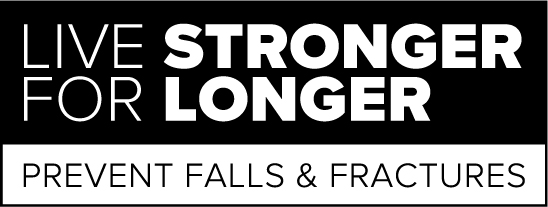
Total knee replacement recovery
Surgery to replace a damaged knee joint with an artificial joint is known as total knee replacement (TKR). While TKR surgery can significantly enhance mobility and decrease discomfort, it is crucial to adhere to a post-surgical physiotherapy program to maximise healing. TKR patients typically start their rehabilitation program a day or two after surgery.
After a TKR, the main objective of physical therapy is to give the knee joint its normal range of motion, strength, and mobility. Physiotherapists will concentrate on gentle range-of-motion exercises in the days immediately following surgery since they help to reduce swelling and prevent blood clots. Moreover, patients will be instructed to use a walker or crutches as they progress to using a cane.
The physiotherapy program will become more difficult, as the healing process advances, with a focus on strength and endurance exercises to help rebuild the muscles around the knee joint. Also, patients will receive instruction on how to go about their everyday tasks safely, including sitting down, standing up, and climbing stairs. Depending on how the patient is improving and how well the treatment is working, the physiotherapist will monitor the patient's progress and modify the program as necessary.
In conclusion, physiotherapy is an essential component of TKR surgery patients' recovery. The patient-specific treatment plan will be focused towards regaining the patient's range of motion, strength, and mobility in the knee joint. While it may take several months to fully heal, patients can expect to regain their mobility and lead an active life with a dedicated physiotherapy plan.
Lucas
You’re In Good Hands
Our ACC acupuncture experts are some of the best in our field! Our clinic is multi-disciplinary, so we are specially equipped to find you the perfect solution for your needs.

Your body deserves to be on Top Form





